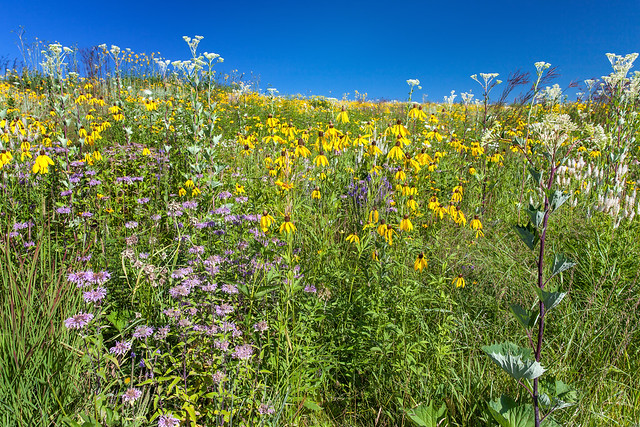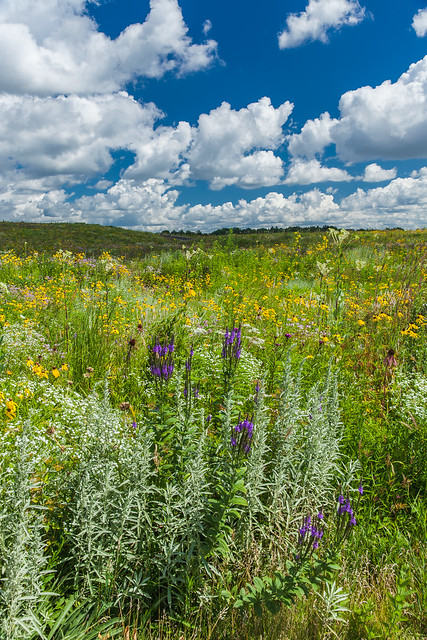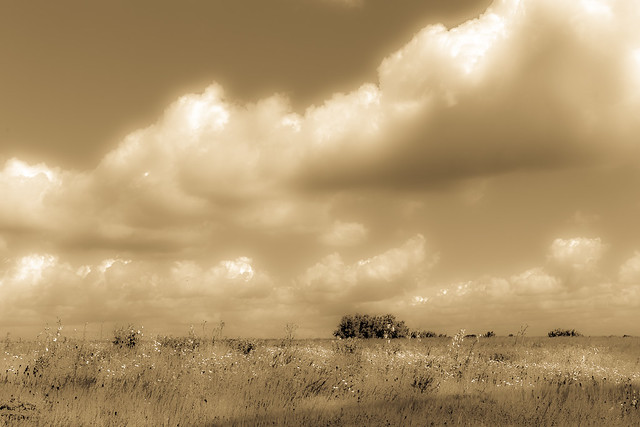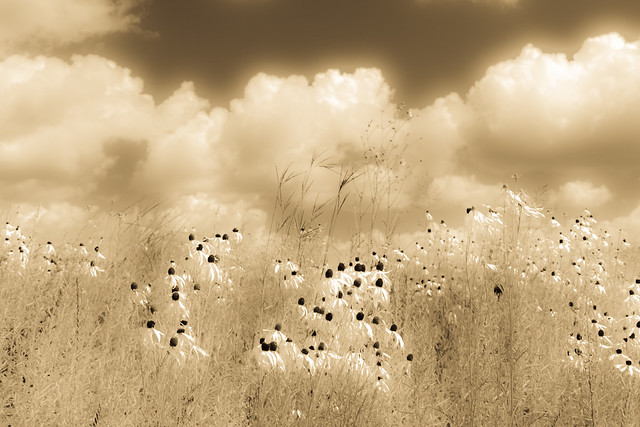“I love that the morning’s sunrise does not define itself by last night’s sunset.” ~ Steve Maraboli
Last evening, twilight was not a fiery, orange blaze sunset, filling the sky with colors indescribable.
It was instead of red ball burning through the haze of clouds, dropping off the horizon in grays with streaks of pinks. A quiet affair, as sunsets go. Still awe-inspiring. Always awe-inspiring.
I watch every sunrise and sunset, weather permitting. It is ritual for me.
They mark the beginning and the end of each day cycle for me, not only their beauty, but deeply in my consciousness. Beginnings. Endings.
Tonight ends and so ends this day, and I have done all I can.
Morning comes and I begin yet another day. What opportunities will this day offer? What opportunities will I accept? No comparisons required, no “this sunset was better than yesterday’s sunset”.
Each sunset – magnificent. Every sunrise – a blessing and a gift.
Endings and beginnings.
It is a lesson repeated daily. It’s easy to grasp on to what is, resistant to what is yet to come. And still sunrise follows sunset, endlessly throughout our brief time on this earth.












